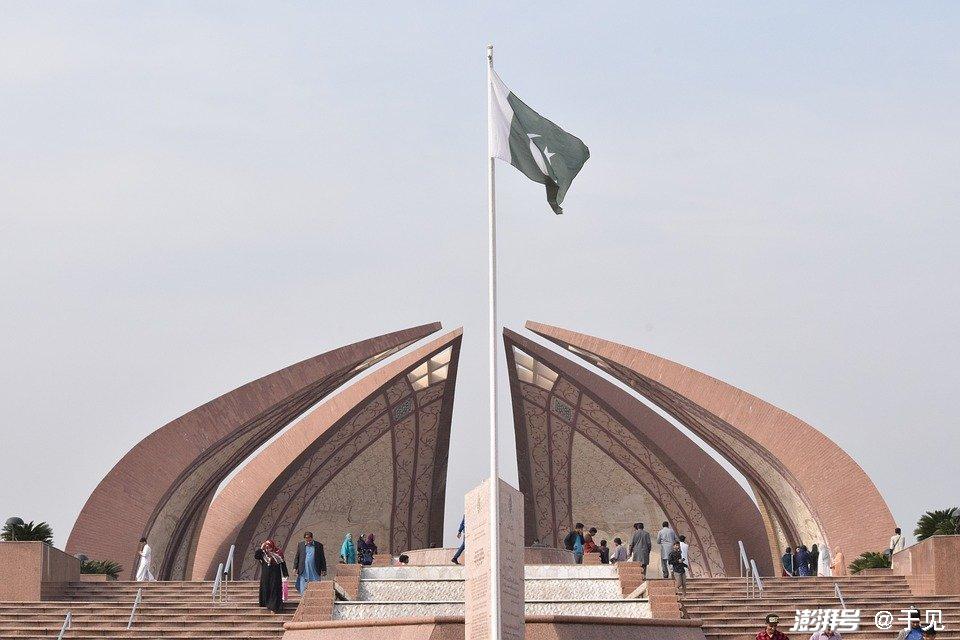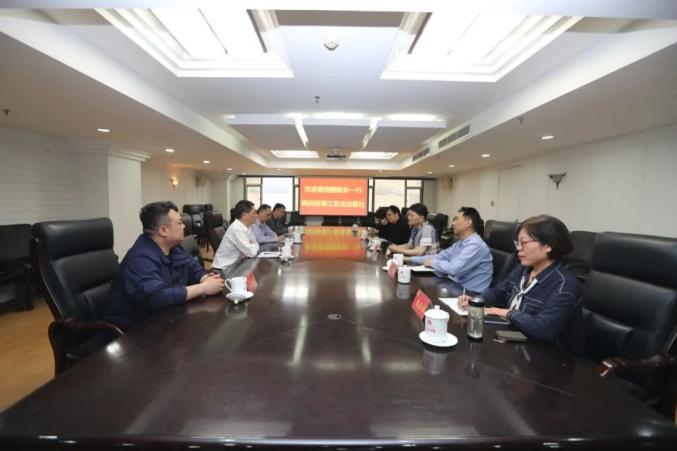The Sino-US Trade War Has Finally Taken Effect! On August 3, The Four Major News Were Fully Fermented In The Morning Today?
The Sino-US Trade War Has Finally Taken Effect! On August 3, The Four Major News Were Fully Fermented In The Morning Today?
As the agreement was reached, five major news shocked the global market like thunder: China-US tariff rates are locked at 10-
The morning light of the Baltic Sea tore through the fog outside the window on the top floor of Stockholm City Hall, announcing the end of the 15-hour extreme tug-of-war. At 3 a.m. on July 30, 2025, the hands of the Chinese and American representatives were finally held together, but the quiet dawn outside the window could not hide the complex situation behind the negotiations. US Treasury Secretary Bescent evased in front of reporters, deliberately avoiding the core issue of tariffs, and instead talking about China's import of Iranian oil, which exposed the strategic embarrassment of the US's failure to make breakthroughs on core issues.
As the agreement was reached, five major news shocked the global market like thunder: the tariff rates between China and the United States were locked in the 10-15% range; the 90-day truce was postponed to November 27; China successfully defended its independent energy procurement policy; the export of rare earths to the United States will be partially lifted; Trump's high-profile visit to China was put on the agenda. The US stock market has experienced a deep V rebound, and the exchange rates of A-shares and RMB have also rebounded, but this short-term carnival cannot cover up the potential risks. A highly anticipated "Chuan-Xi Conference" may be held at the end of October. At that time, the core issues such as semiconductor control and rare earth supply chain security that are pending on the Stockholm negotiating table will usher in a real "ultimate confrontation".

However, this short "truce" was not smooth sailing. The Trump administration immediately denied the previously hyped plan to visit China, calling it "fake news." People familiar with the US diplomatic practices know that this denial is only to safeguard its initiative. Trump does not want to visit China, but is just unwilling to show a "low-stance".
Looking back at this thrilling negotiation, it was back to the early morning of July 29, with only 48 hours left before the "limited limit" of tariffs set by the United States (August 1). On both sides of the dark walnut long table, US Treasury Secretary Bescent and Chinese representatives sat opposite each other, and the air was filled with a tense atmosphere. Becente suddenly threw out a "trump card": If China continues to import Russian-Iranian oil, the United States will launch a punitive tariff of 500%, which is far beyond the previous 145% regular tax rate, directly pointing to the lifeline of China's energy security. The Chinese representative responded calmly: "Trade negotiations should focus on economy and trade itself" and draw a red line that energy sovereignty cannot be traded with a tough attitude.

However, just as the US presses step by step, a briefing was quietly submitted: China's US corn imports surged by 800% year-on-year in June! This subtle data reveals the complexity of China-US economic and trade relations - "You have me, I have you." Becente's movement of wiping his forehead exposed the violent fluctuations in the US. What is even more unexpected to the US is that China has already completed its layout: China's imports of crude oil, natural gas and coal to the US have achieved "zero"! A diversified energy network covering 15 countries including Saudi Arabia and Russia has taken shape.
The smoke of gunpowder in the rare earth battlefield also permeates. Becent tentatively proposed that he hoped China would restore normal exports of rare earths. He knew that 87% of the rare earth lifeline of the US defense industry, as well as the production lines of giants such as Tesla and Nvidia, are all dependent on China. Chinese representatives calmly showed the chart. In the first half of the year, China's exports to the EU increased by 6.6%, to ASEAN 13%, and to countries along the "Belt and Road" 9.6%. The "rock effect" of market diversification has weakened the power of the US "rare earth brand". This game has long been foreshadowed. In early July, the United States suddenly lifted restrictions on China's chip design software (EDA), which was generally interpreted as a response to China's slowdown in rare earth exports.
On the other side of the ocean, Trump is planning to lead 30 US CEOs to visit China, trying to replicate his model of winning "trillion orders" in the Middle East. The political clock of the 2026 midterm elections ticked, reducing inflation and stabilizing supply chains became urgent needs for the United States, and political pressure became a subtle variable in negotiations.
Data from the General Administration of Customs of China show China's deeper confidence: China's imports and exports to the EU in the first half of the year were 2.82 trillion yuan, an increase of 3.5% year-on-year; imports and exports to countries jointly built the "Belt and Road" were 11.29 trillion yuan, an increase of 4.7%. Meanwhile, China sold U.S. bonds for three consecutive months, with holdings falling to US$756.3 billion. This is not a short-term strategy, but a systematic adjustment.

In the end, the two sides struggled to reach a compromise on key issues such as tariff rates, truce extensions and China's energy policy. Chinese representative Li Chenggang concisely concluded: "China's countermeasures are launched as scheduled", indicating that China is ready for reciprocal countermeasures. The 90-day truce is a subtle but crucial calibration of the global economy. With its determination to "energy clearance" and the confidence of diversified layout, China has withstood the extreme pressure on the US side; under the pressure of the midterm election and supply chain anxiety, the United States has temporarily put away its sharpest fangs. November 27th, is it the continuation of peace or the beginning of a more violent storm? The answer is still pending in the morning mist in Stockholm, but one thing is clearly visible: there is no winner in the trade war, and China has made it clear that the bottom line of core interests cannot be bargained.





